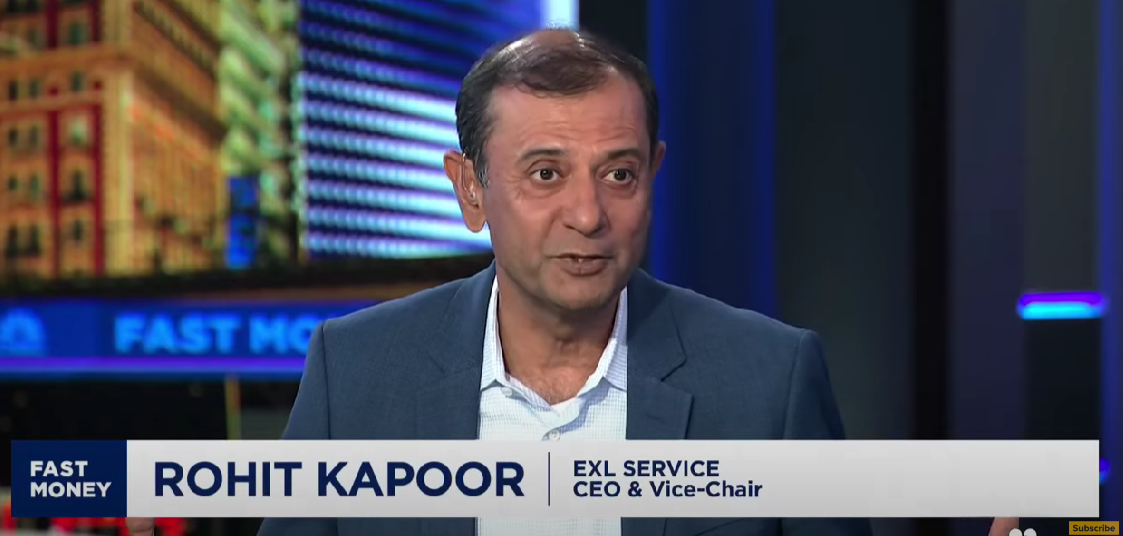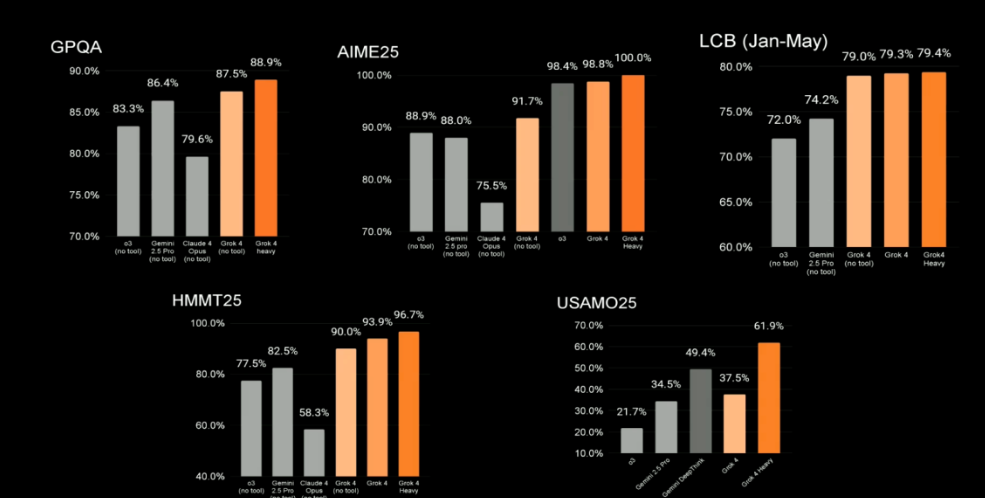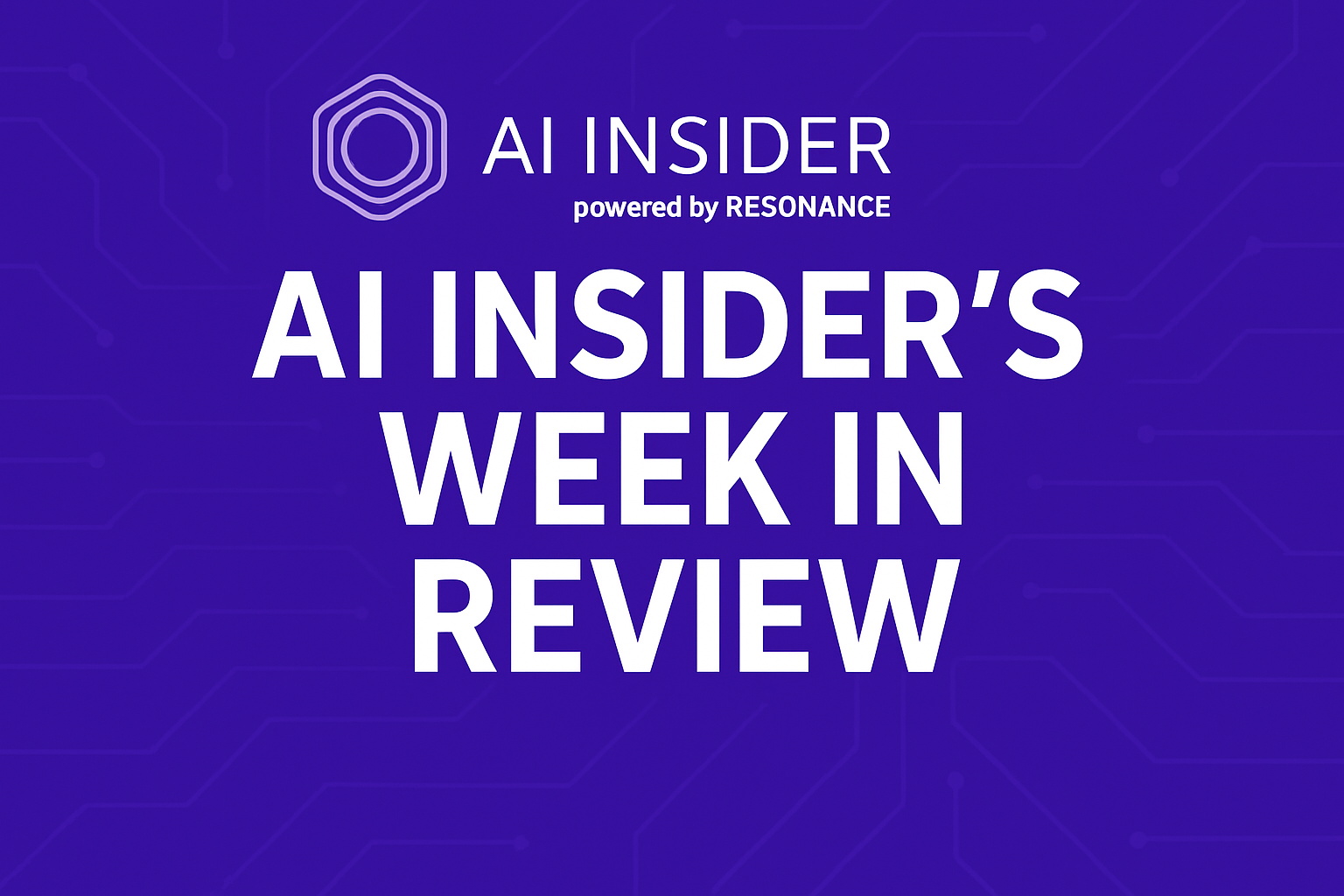In an enlightening discussion on CNBC’s “Fast Money” last week, Rohit Kapoor, Vice Chair & CEO of EXL Service, discussed about the transformative impact generative AI is having on the insurance sector.
EXL Service, a data analytics and operations management company, has recently fortified its capabilities by partnering with tech giants like Microsoft and Amazon. These collaborations have allowed EXL to leverage Amazon AWS as a foundational platform, combined with their generative AI workbench, to create cost-effective and rapid solutions for their clients.
Kapoor highlighted the fragmented nature, legacy technology architecture, and promising customer base of the U.S. insurance industry as areas ripe for AI-driven enhancement.
“AI can actually help in terms of improving the decision-making,” said Kapoor, pointing out the potential for AI to significantly reduce operational costs and improve efficiency in customer acquisition and claim processing. This technology enables insurers to harness their data for generating actionable insights, thereby unlocking new value streams.
The partnership with Amazon and the use of AWS bedrock have been pivotal, enabling EXL to access foundation models through a single API, facilitating the creation of tailored solutions with speed and efficiency. Kapoor noted the modular nature of their AI workbench, which supports over 150 use cases, underscoring the ease with which clients can adopt these advanced tools.
As for the tangible benefits to the insurance industry, Kapoor provided compelling examples:
“In terms of distribution and agent uplift, that’s almost 200%,” he said. “In terms of reducing your operational cost and reducing the churn of your customer base, that’s about 20% to 25%. In terms of operational cost efficiency, that’s 30% to 40%.”
These figures underscore the significant impact generative AI can have on improving the financial health and service quality of insurance companies, marking a significant shift towards more intelligent, efficient, and customer-centric operations.
Featured image: Credit: CNBC






